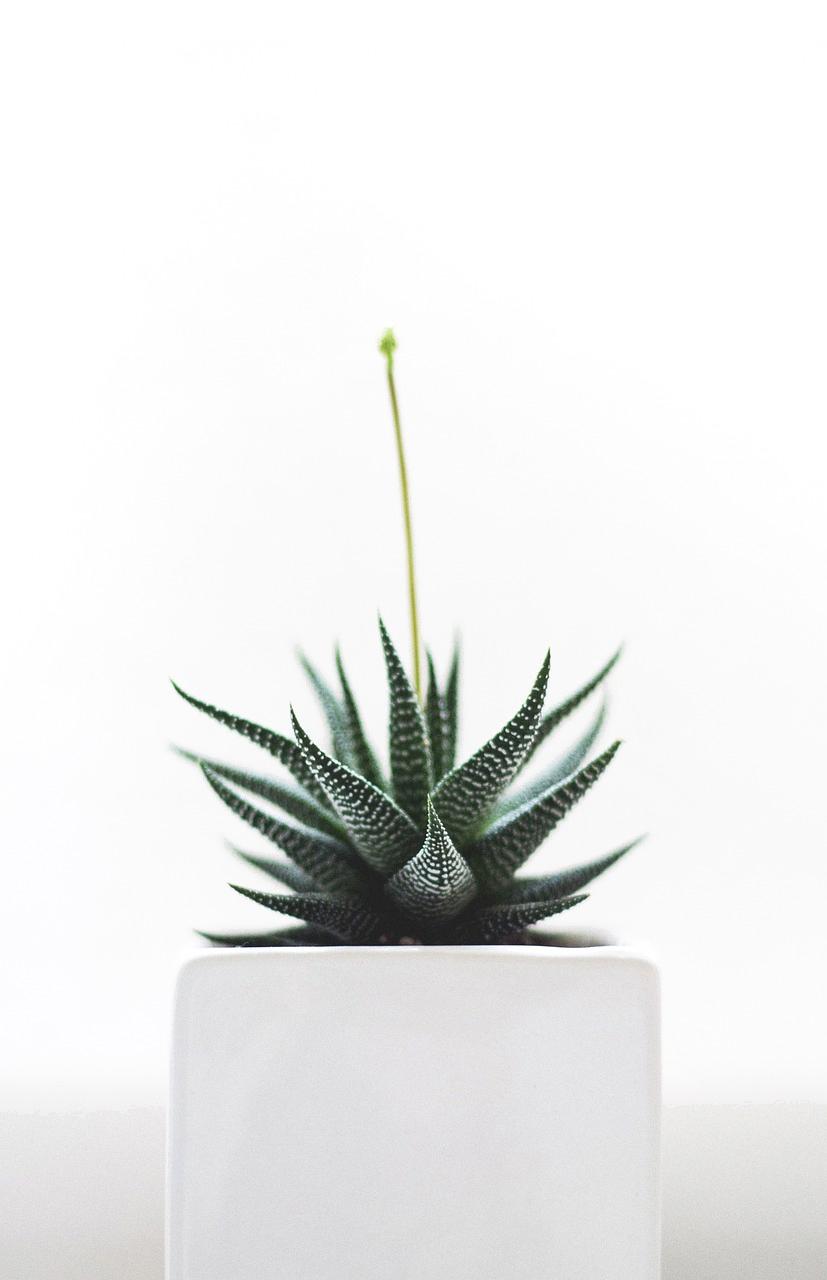When it comes to the ability of succulents to thrive in low light conditions, the answer is a bit nuanced. While succulents are known for their love of sunlight and thrive best in bright, indirect light, they can survive for a short period in low light situations. How long they can survive without direct sunlight largely depends on the species of succulent.
For most succulents, they can typically hold up without deteriorating for about 10 to 14 days when placed in an area with minimal or no light exposure. However, it’s important to note that this is not a sustainable long-term solution for their growth and health. Succulents naturally crave sunlight to carry out photosynthesis and maintain their vibrant colors and plump leaves.
Some succulents are more shade-tolerant than others, allowing them to withstand low light conditions for an extended period compared to sun-loving varieties. Shade-tolerant succulents may exhibit better resilience in low light situations and can fare better if they don’t receive an abundance of sunlight.
While succulents have adapted to survive in arid environments with high sun exposure, they are not immune to the adverse effects of prolonged low light conditions. A lack of adequate sunlight can result in issues such as elongation of stems, leaf drop, and a general decline in overall plant health.
When growing succulents indoors or in areas with limited natural light, it’s essential to supplement their lighting needs with artificial grow lights. Grow lights can provide the necessary spectrum of light that mimics natural sunlight, helping succulents thrive and maintain their compact growth and vibrant appearance.
Low light conditions can affect the growth rate of succulents, causing them to grow slower than they would in optimal lighting conditions. While some succulents may prioritize survival over growth in low light, their overall health and vitality may suffer if they do not receive sufficient light over time.
It’s important to monitor your succulents’ response to low light and make adjustments as needed to ensure they receive adequate light to thrive. Consider rotating your plants periodically to promote even light exposure on all sides and prevent them from leaning towards the light source excessively.
Regularly inspect your succulents for any signs of etiolation, a condition characterized by stretched-out stems and reduced leaf density, which is a common consequence of insufficient light. If you notice any signs of etiolation, it’s crucial to intervene promptly by providing better lighting conditions or relocating the plants to a brighter spot.
While succulents can temporarily survive in low light, their long-term health and vitality rely on receiving adequate sunlight. If you find that your succulents are struggling in low light conditions, consider moving them to a brighter location, closer to a window, or supplementing their light with artificial grow lights to support their growth and well-being.
Ultimately, while succulents are hardy plants that can adapt to varying conditions, including low light, providing them with the optimal lighting conditions will help them thrive and display their natural beauty to the fullest extent. With the right balance of light, water, and care, your succulents can flourish and bring joy to your indoor space.

